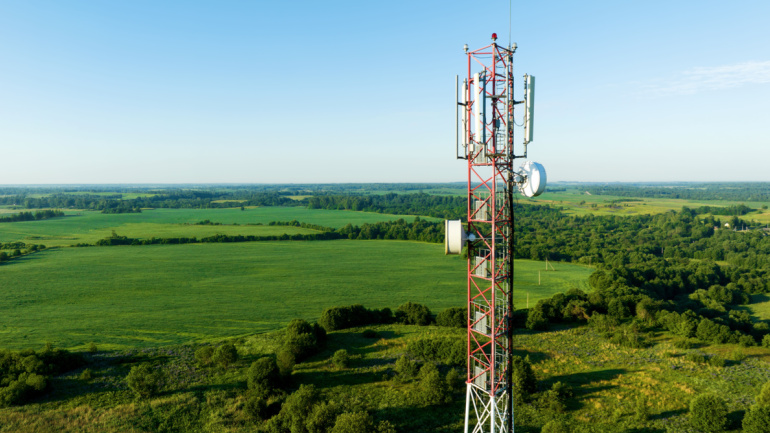The Federal Communications Commission (FCC) has set its sights on reshaping the allocation of approximately $9 billion earmarked for rural 5G expansion. FCC Chairwoman Jessica Rosenworcel announced the move, emphasizing the need to bridge the digital divide across underserved areas of the United States.
“The Commission’s 5G Fund for Rural America was created to ensure the deployment of next-generation, high-speed mobile service in areas of the country where, absent subsidies, it will continue to be lacking,” stated Chairwoman Rosenworcel. “The commission will vote to explore a series of questions on how best to harness new, granular, and improved mobile coverage data from our Broadband Data Collection to better target 5G Fund support to those areas of the country where support is most needed and where the funds could be spent most efficiently.”
The Competitive Carriers Association (CCA) welcomed the FCC’s decision, with CEO Tim Donovan expressing the necessity for updates to ensure the 5G Fund’s success.
The initial allocation of $9 billion for the 5G Fund was authorized during the final days of the Trump administration under former FCC Chairman Ajit Pai. However, the FCC decided to withhold the fund allocation until comprehensive broadband maps could be developed, a process that has taken several years to complete.
In the meantime, major carriers such as T-Mobile, Verizon, and AT&T have rolled out lowband 5G services across extensive coverage areas. These, however, offer only marginal speed improvements over 4G.
At the same time, smaller rural wireless network operators have begun launching their own 5G services in their respective coverage zones. This expansion by larger carriers has placed significant pressure on these smaller operators, some of which are now seeking buyers or exiting the industry altogether.
A further challenge facing these smaller carriers is the $3 billion shortfall in an FCC program designed to replace “unsecure” telecom equipment provided by Chinese suppliers ZTE and Huawei in rural wireless networks.
As debates continue over the adequacy of the $9 billion allocation, the Rural Wireless Association (RWA) has advocated for modifications to the proposed 5G Fund, including the consideration of a cost model approach and the refreshment of outdated regulations. Coordinating the 5G Fund with other programs, such as the NTIA’s Broadband Equity Access and Deployment (BEAD) program, which is set to allocate over $40 billion for rural network development, remains a point of discussion.
The FCC is scheduled to deliberate on these matters during its upcoming open meeting on September 21.







